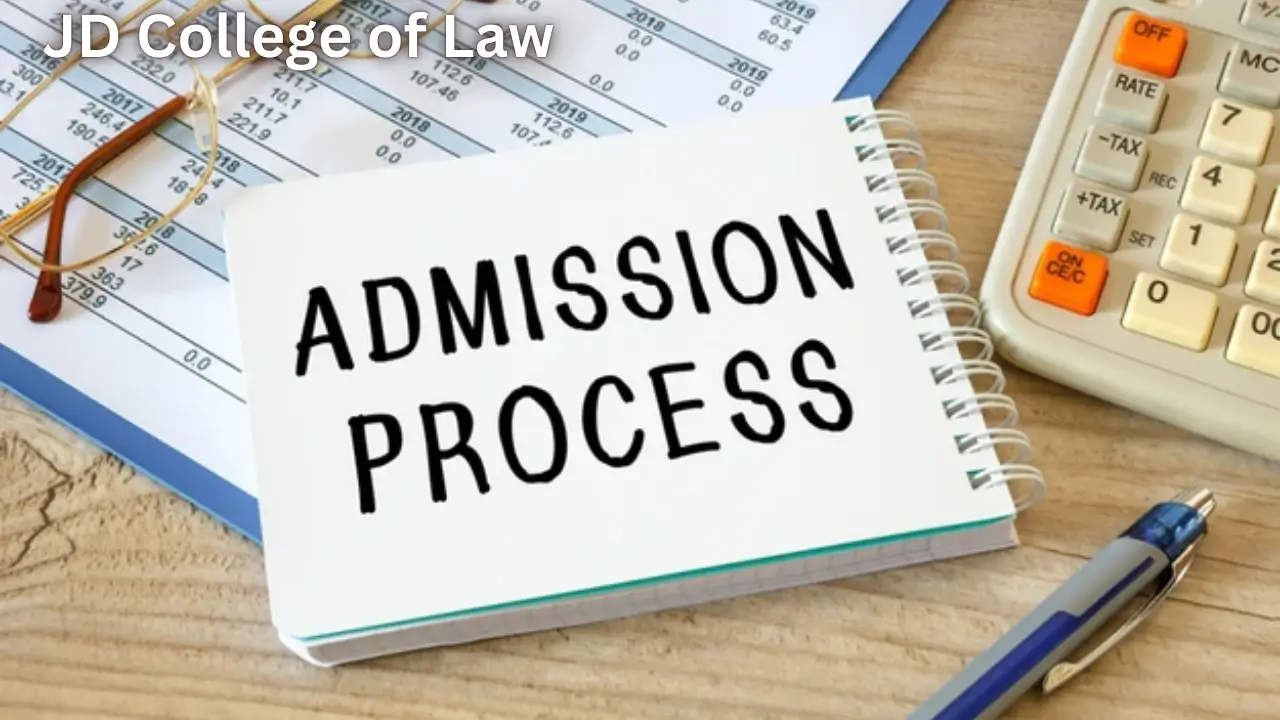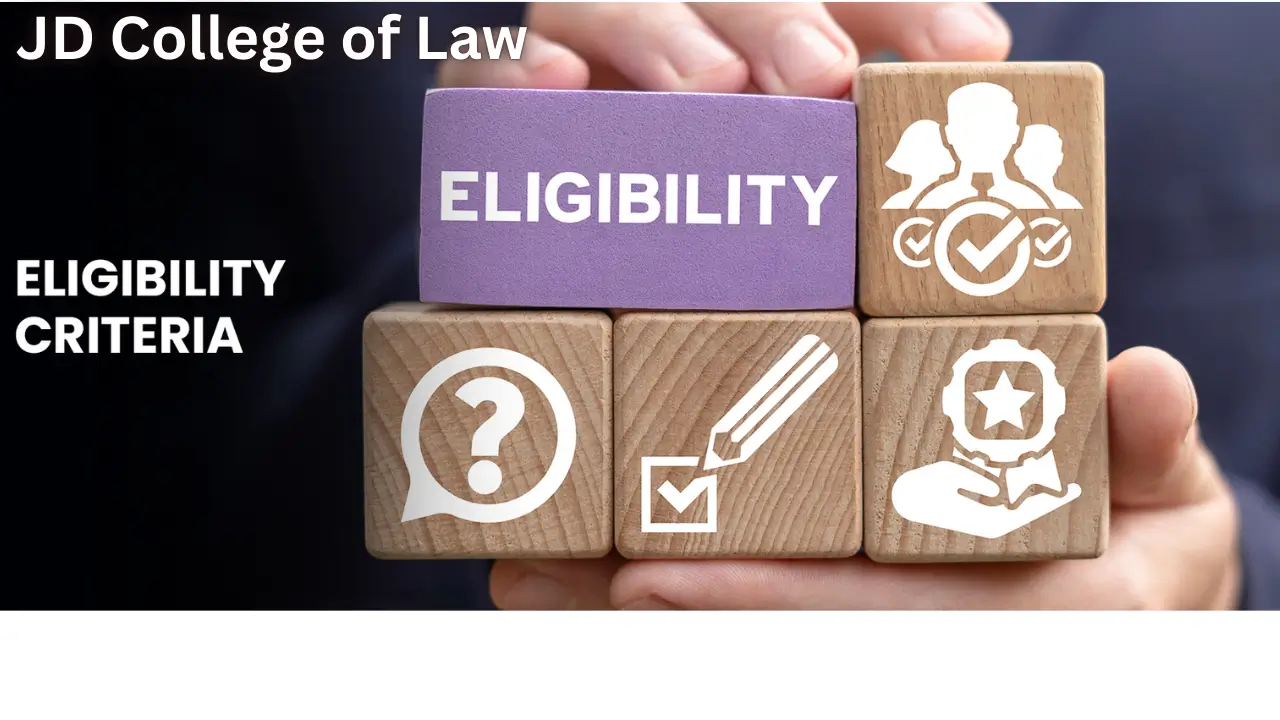Admission processes can vary by country, institution, and program, but generally follow a systematic step-by-step procedure to enroll students into academic programs. Understanding the admission process thoroughly helps applicants prepare better and improves their chances of successful enrollment.
Overview of the Admission Process
The admission process is a sequence of steps designed to assess the eligibility and suitability of candidates for a particular academic program. Its purpose is to ensure a structured, transparent, and fair evaluation of applicants.
Step-by-Step Admission Process
1. Research and Information Gathering
- Identify the course or program of interest.
- Check eligibility criteria (academic qualifications, age, prerequisites).
- Collect information about application deadlines, entrance exams, and fees.
- Review official admission notifications or brochures.
2. Registration and Application Form Submission
- Register online or offline on the institution’s official admission portal.
- Fill in the application form accurately, providing personal, educational, and contact details.
- Upload required documents such as mark sheets, certificates, photographs, identity proof.
- Pay the application or registration fees as specified.
3. Entrance Examination (If applicable)
- Prepare and appear for the required entrance exam (e.g., CUET, JEE, NEET).
- Some programs may have separate tests or require national-level entrance scores.
- Latest updates show many universities now rely on common entrance tests such as CUET for admission transparency.
4. Merit List and Shortlisting
- The institution releases a merit list based on exam scores or academic performance.
- Shortlisted candidates may be called for further evaluation.
5. Document Verification and Counseling
- Candidates undergo document verification to confirm authenticity.
- Counseling sessions guide candidates on seat allocation, course options, fee structure, and admission formalities.
- Some institutions conduct spot rounds or additional counseling rounds for vacant seats.
6. Seat Allotment and Admission Confirmation
- Candidates receive seat allotment based on their rank, preferences, and availability.
- Confirm admission by paying the admission fees as per the given deadline.
- Receive admission letters or enrollment confirmation.
7. Joining the Program
- Complete the formalities of registration at the institution.
- Attend orientation sessions or introductory classes.
- Begin the academic program on the start date.
Admission Process Flow Table
| Step No. | Process Stage | Description | Latest Update (2025) |
|---|---|---|---|
| 1 | Research & Information | Understand course details and eligibility | CUET-based central admission tests |
| 2 | Application Submission | Online form filling and fee payment | Online portals mandated |
| 3 | Entrance Exams | Appear for required tests | CUET for PG and UG in many universities |
| 4 | Merit List/Shortlisting | Based on exam scores or marks | Multiple cut-off rounds common |
| 5 | Document Verification & Counseling | Authenticity check and seat counseling | Hybrid online and offline counseling |
| 6 | Seat Allotment & Admission | Admission offer and fee payment process | Spot rounds for vacant seats |
| 7 | Joining | Registration and program commencement | Orientation sessions scheduled before start |
Key Points to Remember
- Always verify official university announcements for exact dates and procedures.
- Keep scanned copies of all documents ready for easy uploading.
- Be aware of fee payment deadlines to avoid losing admission opportunities.
- Prepare well for entrance exams when applicable.
- Stay updated with any new changes, for example, central entrance tests like CUET for admission in 2025.
Latest Updates in Admission Processes (2025)
- For the academic year 2025-26, many universities including Central Universities of India have shifted admissions to depend heavily on the Common University Entrance Test (CUET) for both undergraduate and postgraduate programs.
- Admission systems now emphasize online registrations and submissions of documents for transparency and ease.
- Multiple rounds of admission cuts-offs and spot rounds help maximize seat utilization.
- Counseling sessions increasingly combine online and offline methods to cater to wider applicants.
- Some universities have introduced supernumerary paid seats and integrated UG-PG programs that require a separate admission roadmap.
- Uniqueness of CUET: It is conducted by the National Testing Agency (NTA) and is mandatory for many programs, with programs-specific eligibility and test papers.












